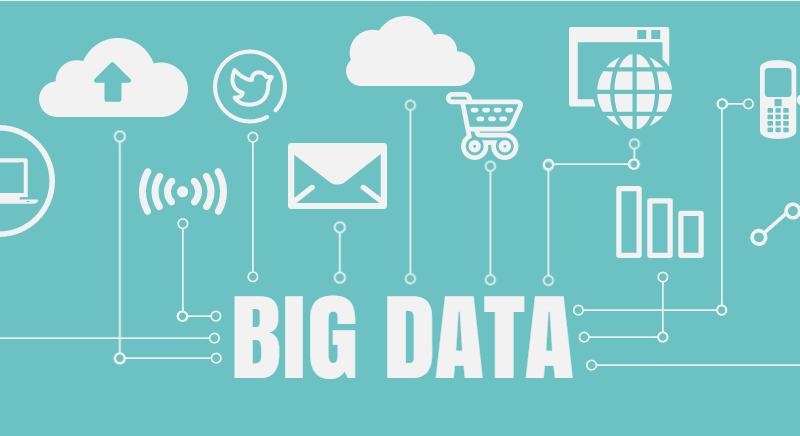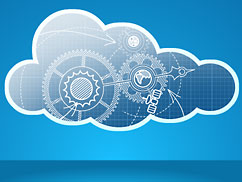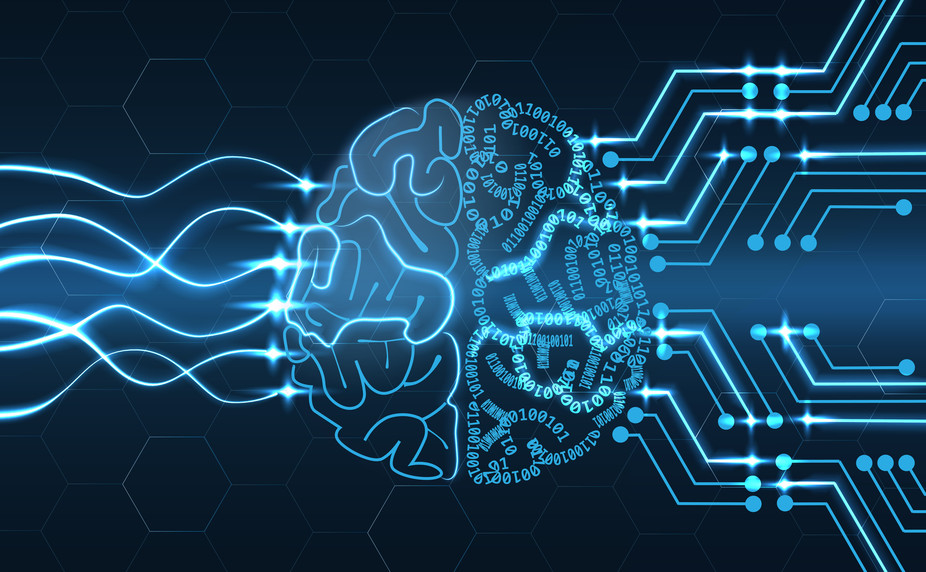How to Convert Big Data into Smart Size for Better Analysis?
Big Data
Big data is all about pulling out information from a colossal of data. Market researchers seek it to compute models through data mining. These models seed breakthroughs in multiple domains of diverse industries. Its impact emerges clearly in the consistent upping of a growth curve on being analysed.
It’s appropriate that big data comes as a bolt from the blue. A series of surprising changes sprints out unexpectedly. But, the coolest thing is their visibility. You can witness that change, indeed. This is the biggest reason that most of the outsourcing data based companies rely on multiple ways of big data usage. In short, it promises exhilaration.
But, the looming challenges can grow a credibility gap. Let’s get through what daunting challenges linger on with big data.
Challenges with Big Data:
- Colossal Size: The big data is a big pool of datasets, streaming from data warehouses, image lakes, transactions, biometrics, IoTs devices and social media. Simply say, it is a repository of data being integrated through billions of web clicks. Besides, clouds and Hadoop are accumulating raw information in real time. That inflow is making it populous by leaps and bounds. Michael E Doriscoll on a social forum tabled various data sizes among which big data is measured as more than 1 TB. Such a massive collection of data is difficult to churn out. Probably, this is the root cause of requiring an expert virtual assistant by various businesses that seek research solutions.
- Filtering Diverse Information: If anyhow, data specialists capture and extract that crude information, countless absurdities and anomalies create hurdles. But, this is not the limit. Diverse types of information, which could be timestamps, spatial coordinates and text from social listening, make the life of analysts the hell. The ETL processing will slow down the processing. And if it is brought about manually, the process will be sluggish.
- Time is a limit: Being tapped into the online data is a blessing. But what if you cannot explore them within 3 minutes, which is a standard?
The corporate world is rapidly embracing the formidable processing lift of cloud computing-based IT infrastructure. However, it is blissful to access data remotely from anywhere. But, the cloud computing takes a long turnaround time to run trials of multiple patterns sequentially. Potentially, this process can turn hours into days to finally get the most viable patterns. Hundreds of algorithms are manipulated to get the most feasible models.
- Investment of IT Infra: Deriving a useful pattern during modeling is typically an iterative process. Physically, a derivation could take months to years. This shortcoming can be overcome with IT infrastructure. But still, the modeling requires critical thinking and intense brainstorming. When a data scientist puts a thinking cap on, he conceives several ideas. Out of them, many ideas fall flat and a few qualify. It is because the algorithms discovered must be effective. To achieve effective models, IT infrastructure helps. Despite being hired the IT infrastructure, the time flies in discovering new models and skipping the obsolete ones.
- Talent is Must: You need substantial investment of talent, like data scientists, data translators, developers, extractors and quality analysts. The processing of data is a blend of services like data entry, optimization and transformation. Except data entry, optimizing and compressing data for analysis require the masters of these arts. Together with all, the data solutions provider architect and manage data. But, You should have a big pocket to recruit a data scientist whose pay scale is around $125, 995 in the US and INR 619, 182 per year on an average .
How can you convert big data into smart size?
It’s a big puzzle that can be addressed through sampling method. It’s a procedure of selecting sample members from a population to effectuate any of these sampling methods-stratified sampling, random sampling and cluster sampling.
For example, Dr. Alvin Rajkomar (research scientist at Google AI) and Eyal Oren (product manager at Google AI) researched and collected samples from 216, 221 adult patients at the US academic medical center. Together with UC San Francisco, Stanford Medicine, and The University of Chicago Medicine, those researchers reviewed a total of 46,864,534,945 retrospective EHR data points. Their research team prepared learning models from these data points to help visually impaired people due to diabetes.
Rather than being collected data points from the global patients, the research team gathered from a few patients. And then, it used them as a sample to derive an AI model for scanning and premeditating the danger of sight loss in diabetics.
Likewise, the data scientists and analysts can know the trend by sampling method. It will assist in grounding up the models that will be proximal to reality. Predictive analysis with such modeling should look up the fact that the models should be identical to derive patterns in a quick turnaround time.
How can you filter and measure up data?
Sampling procedure needs to be carried out with great care. Otherwise, it may draw a wrong conclusion. The experts may seek assistance from the proven best practices from the science of survey sampling. It will help them to avoid any discrepancy.
Particularly, you should be more attentive to the extraction of data for sampling in the case of primary market research. The data sample that you scrape should ensure reasonable margins of errors for the estimates.
According to the rule of thumb of Google’s chief economist, Hal Varian, “Random samples on the order of 0.1% work fine for analysis of business data.” It helps in obtaining good alignment with a full census despite having small data samples. However, the nature business is also important, which vary, most of the time. So, you can capitalise on other sampling methods in the scope of your business research goal.
Summary:
The smart size data from big data can be derived through sampling method. It helps in deriving trends on the basis of a small sample. But, the analyst and scientist of the data world should be well versed with the challenges and the way out for them to achieve their business goals, which run through research.




